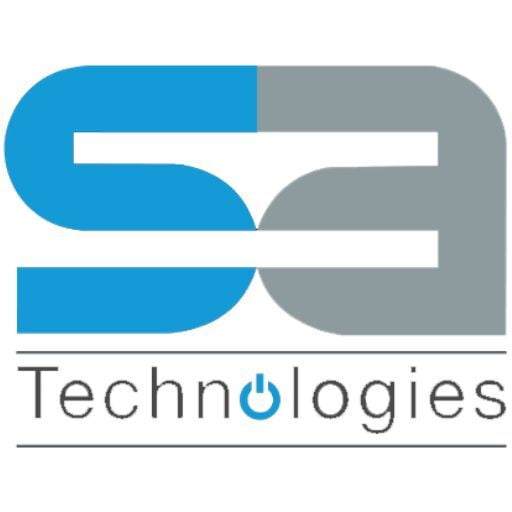
In an era where digital transformation dictates the competitive landscape, harnessing the full potential of your business data is more crucial than ever. The Microsoft Power Platform stands out as a transformative tool that empowers organizations to automate processes, analyze data in real time, and build solutions with minimal coding. This blog explores the comprehensive capabilities of the Microsoft Power Platform, illustrating how it can revolutionize your business operations and drive innovation.
What is the Microsoft Power Platform?
The Microsoft Power Platform is an integrated application platform that combines the robustness of Microsoft Power BI, Power Apps, Power Automate, and Power Virtual Agents. It enables businesses to create custom solutions that automate routine tasks, analyze data for insights, and engage with customers in more meaningful ways—all without the need for deep programming expertise. By leveraging this platform, companies can streamline their operations, make data-driven decisions, and improve overall efficiency.
Key Components of the Microsoft Power Platform
Microsoft Power BI:
- Description: A powerful business analytics service that provides insights through data visualization.
- Benefits: Allows users to create comprehensive reports and dashboards to visualize data trends and inform strategic decisions.
- Real-World Example: A retail company uses Power BI to track customer purchasing patterns and adjust inventory levels accordingly.
Microsoft Power Apps:
- Description: An application development environment that enables users to build custom apps.
- Benefits: Simplifies the process of app development with pre-built templates and drag-and-drop functionality, making it accessible to non-developers.
- Real-World Example: A logistics firm develops a Power App to optimize route planning for delivery drivers, reducing fuel costs and improving delivery times.
Microsoft Power Automate (formerly Microsoft Flow):
- Description: A tool that automates workflows and business processes across multiple applications and services.
- Benefits: Helps businesses automate repetitive tasks, streamline approvals, and integrate services without manual intervention.
- Real-World Example: A marketing agency uses Power Automate to streamline the approval process for campaign designs, significantly speeding up project timelines.
Microsoft Power Virtual Agents:
- Description: Enables the creation of powerful chatbots that can engage conversationally with customers and employees.
- Benefits: Automates and enhances customer support without the need for coding expertise.
- Real-World Example: A healthcare provider implements a Power Virtual Agent to handle patient inquiries, providing timely health advice and freeing up staff for critical care tasks.
Enhancing Business Operations with Power Platform
Integrating the components of the Microsoft Power Platform can lead to significant improvements in business operations:
- Efficiency: Automate time-consuming, manual tasks and focus on high-value activities.
- Agility: Rapidly respond to business needs by developing custom solutions.
- Accuracy: Reduce human errors by automating data entries and calculations.
- Cost Reduction: Decrease operational costs by minimizing the need for additional software and reducing labor costs through automation.
Visuals and Infographics
To better understand the impact of the Microsoft Power Platform, visual aids such as infographics can illustrate the connectivity between different components and the workflow improvements they support. (Include relevant infographics or screenshots here.)
Learning and Development Resources
For those interested in exploring the Microsoft Power Platform further, numerous resources are available:
- Microsoft Learn: Offers comprehensive learning paths and modules tailored to the Power Platform.
- Power Platform Community: A vibrant community where users can share solutions, get advice, and connect with other enthusiasts.
- Online Tutorials: Websites like Pluralsight, Udemy, and LinkedIn Learning provide in-depth courses on each component of the Power Platform.
Conclusion
The Microsoft Power Platform is a robust suite of tools that can power up your business by enhancing data analytics, streamlining operations, and fostering innovation. By leveraging Power BI, Power Apps, Power Automate, and Power Virtual Agents, businesses can transform their operational models and achieve remarkable efficiency and growth.
FAQs
How easy is it to learn the Microsoft Power Platform?
- With user-friendly interfaces and extensive documentation, the Power Platform is accessible to users of all skill levels, including those without technical backgrounds.
Can the Power Platform integrate with non-Microsoft products?
- Yes, the Power Platform offers extensive integration capabilities with various third-party applications and services.
What is the initial cost of implementing the Microsoft Power Platform?
- Costs can vary based on the specific products and scale of implementation, but Microsoft offers various pricing plans to accommodate different business sizes and needs.
Is the Microsoft Power Platform secure?
- Yes, Microsoft integrates robust security measures into all its products, including the Power Platform, ensuring that your data and processes are secure.
Where can I see examples of Power Platform applications?
- The Power Platform Community and official Microsoft websites showcase numerous case studies and examples of how organizations implement these tools.
